1,577 days, 2,409 entries ...
Newsticker, link list, time machine: HOLO.mg/stream logs emerging trajectories in art, science, technology, and culture––every day
“Rather than a tool for dominance, akin to practices like data-driven racial profiling by law enforcement, it serves as a repository for quotations from diverse voices, generating a collective feminist intelligence rooted in diversity.”
Artist and researcher Daniel Temkin publishes “The Less Humble Programmer“ as part of Digital Humanities Quarterly (DHQ) volume 17.2. In his article, Temkin outlines the history of esoteric programming languages, describing them as a search for “personal expression and elegance within chaos.” Of note: the close readings of ‘esolang’ precursors SNOBOL (hatched at Bell Labs in 1962) and FALSE (1993), through (more) recent languages like Soup! (2011, image), the source code of which doubles as ASCII art.
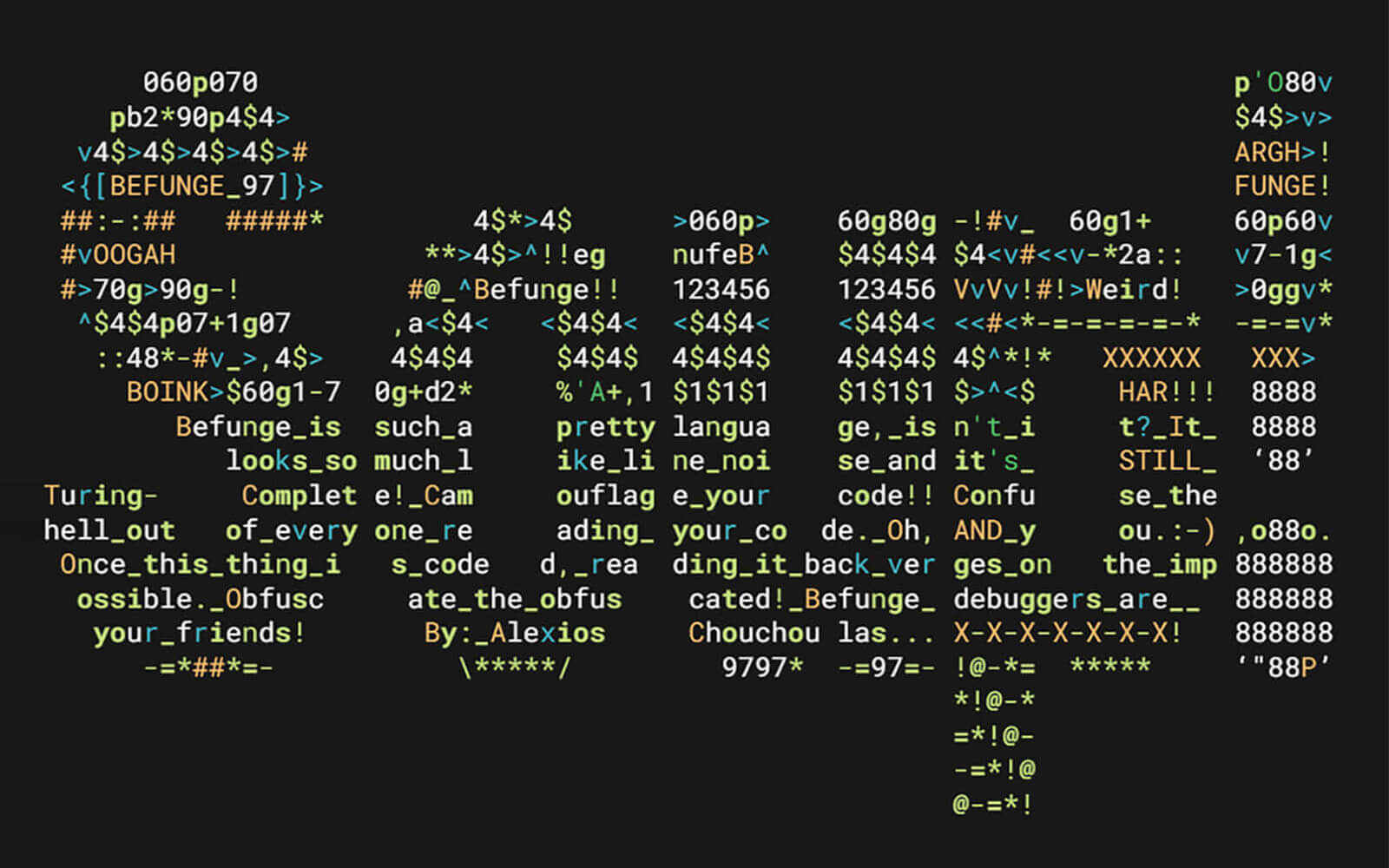
Matt Nish-Lapidus’ solo exhibition “The Path” opens at Écart, Rouyn-Noranda (QC, CA), presenting recent computational and sculptural works that draw on Kabbalah mysticism and the educational programming language Logo to explore personal computing, linguistics, and materiality. In the piece Allegory (2020, image), for example, the Canadian artist uses vocabulary from the book Mindstorms (1980), written by Logo-inventor Seymour A. Papert, and an 19th Century William Wordsworth sonnet to generate “statements about other ways the world could be.”
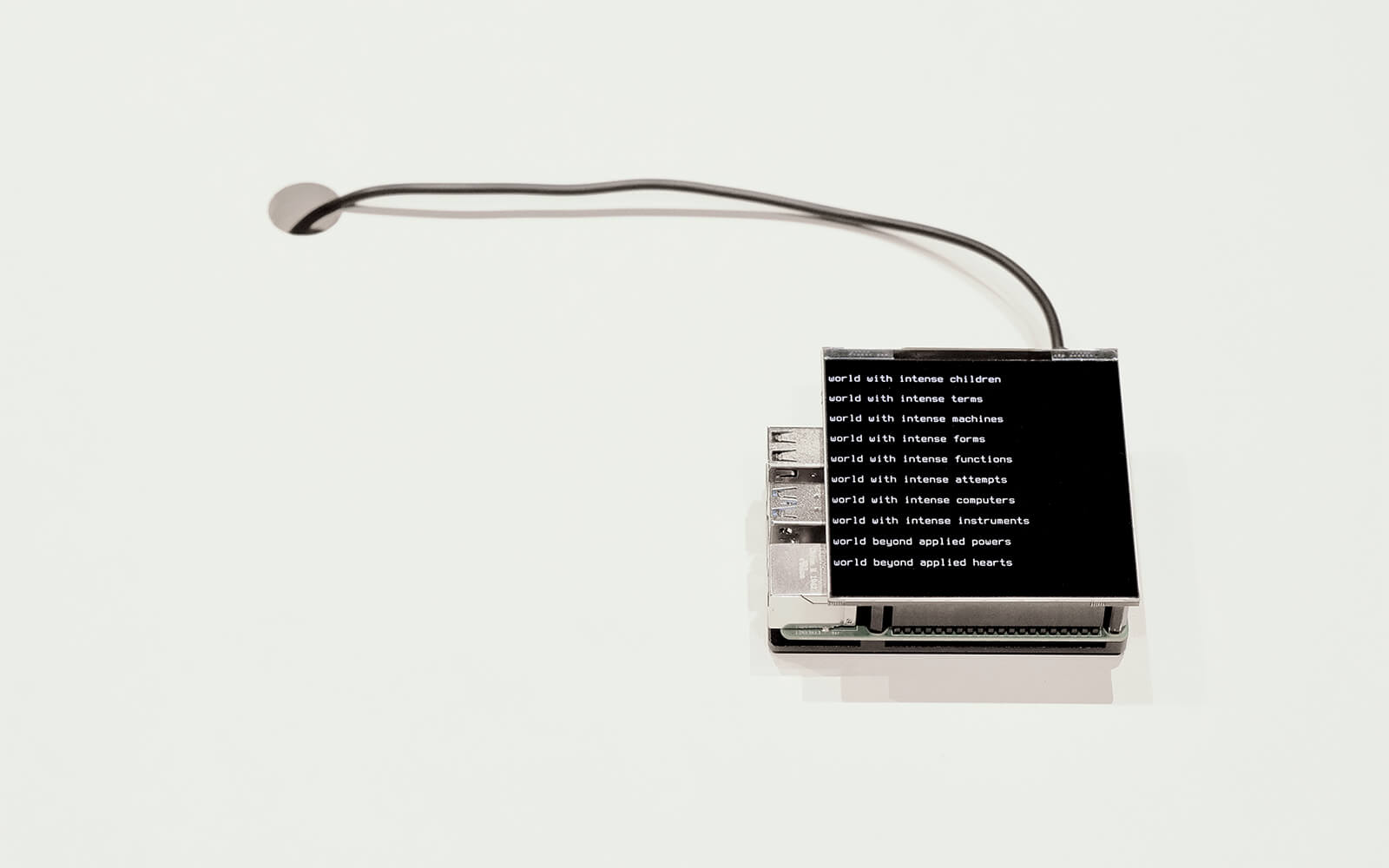
For Quanta, science journalist Anil Ananthaswamy traces the backstory of AI image generation. In his telling, a probabilistic model (image) proposed in a 2015 paper by Jascha Sohl-Dickstein set the stage for a subsequent denoising technique now used in DALL-E, Stable Diffusion, and other models. The technique reconciles the gap between generated images and training images, helping generative models provide lucid responses to whimsical prompts like “goldfish slurping Coca-Cola on a beach.”
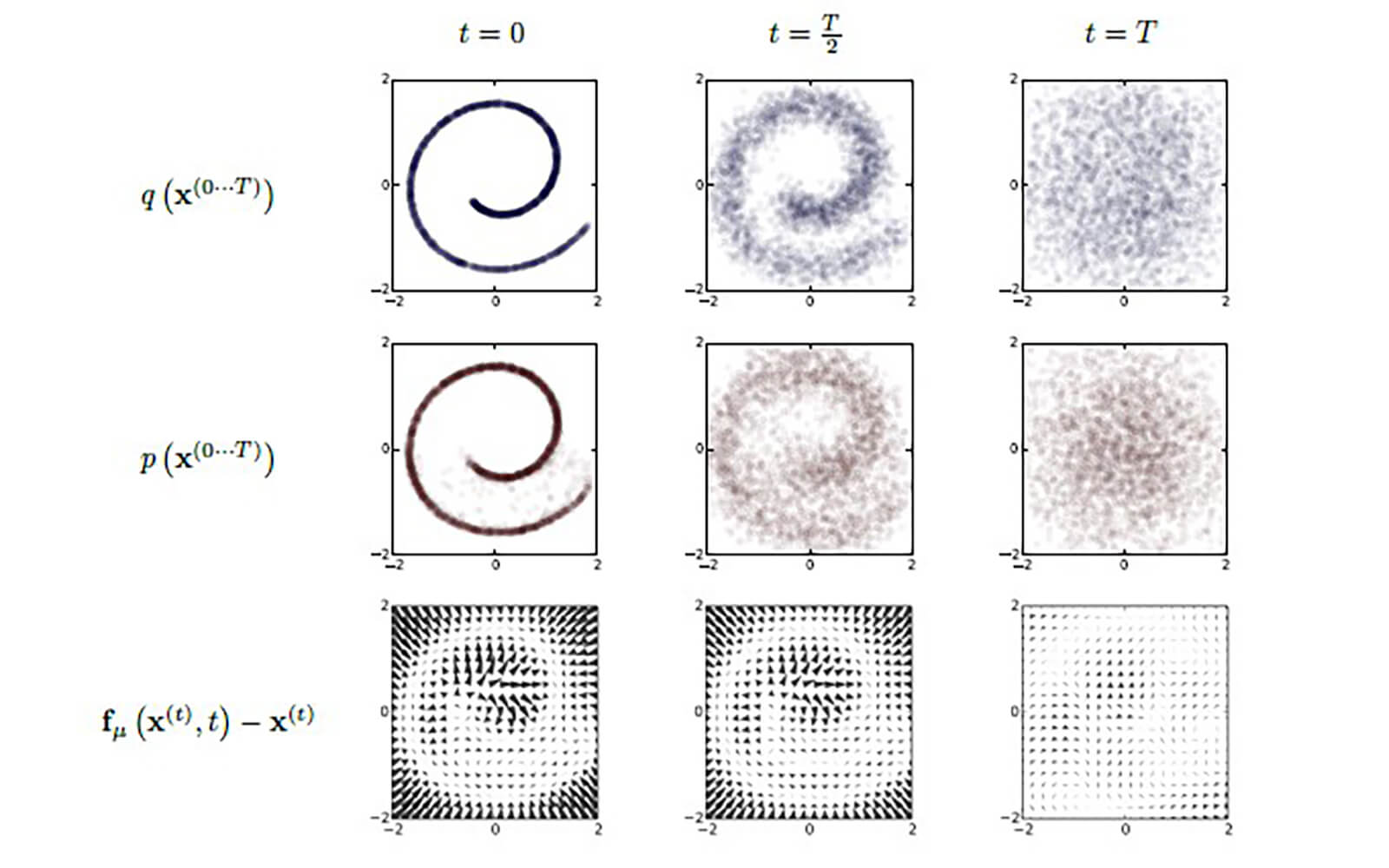
“Quantum computers might one day have the ability to push computational boundaries, allowing us to solve problems that have been intractable thus far, such as integer factorization, which is important for encryption.”
“One thing I like about this approach is that, because it never goes inside the neural net and tries to change anything, but just places a sort of wrapper over the neural net.”
“When people feel they are not being heard, they may resort to different measures to get their message across. In the case of programmers, they have the unique ability to protest through their code.”
Hundred Rabbits reveals uxn, an 8-bit virtual computer and new forever home of their eccentric software; a (truly) back to basics approach, it shifts from dependency to “longtermism.” Building on work with 6502 assembly (of NES fame), uxn—new tools built by the duo—is lightweight enough to run on NintendoDS or Raspberry Pi. “Most software is designed to run on disposable electronics and near impossible to maintain, we decided to not participate in this race to the bottom,” they summarize.
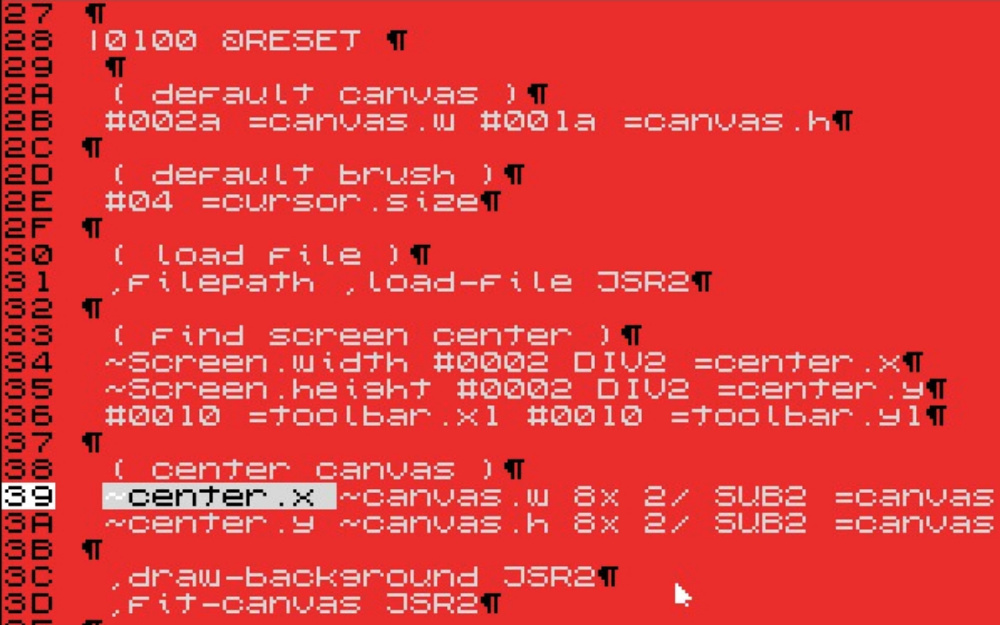
Drawing on insights from Brian Eno, Stephen Wolfram, and Melanie Mitchell—music, computer science, complexity studies—author and science journalist Siobhan Roberts considers the enduring influence of John Conway‘s game of life, in the aftermath of the mathematician’s recent passing. Sporting vertiginous fractal GIFs, and artwork by Kjetil Golid (image: Golid’s Crosshatch Automata), Roberts provides an introduction to cellular automata and artificial life, and gives (surprisingly generous) air time to the computational and generative art practices it inspired.
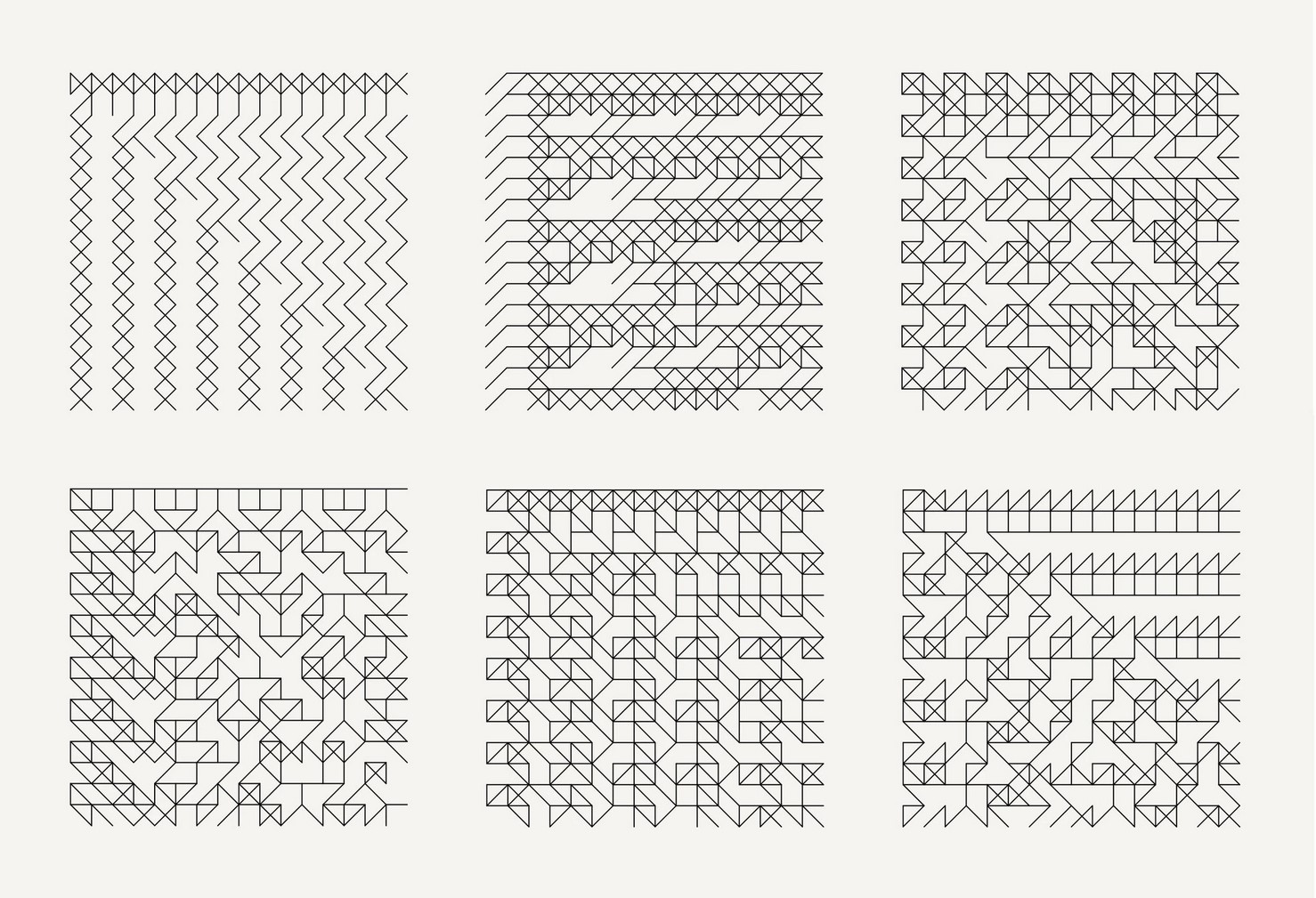
In his Quanta guest column “How Claude Shannon Invented the Future,” Stanford Professor of Engineering David Tse relates how the American mathematician’s 1948 paper “A Mathematical Theory of Communication” birthed information theory. “Shannon’s genius lay in his observation that the key to communication is uncertainty,” writes Tse. His concept of the information ‘bit’ (short for binary digit) as the “basic unit of uncertainty” introduced probabilistic data modelling and signal processing, heralding the coming of the Information Age.
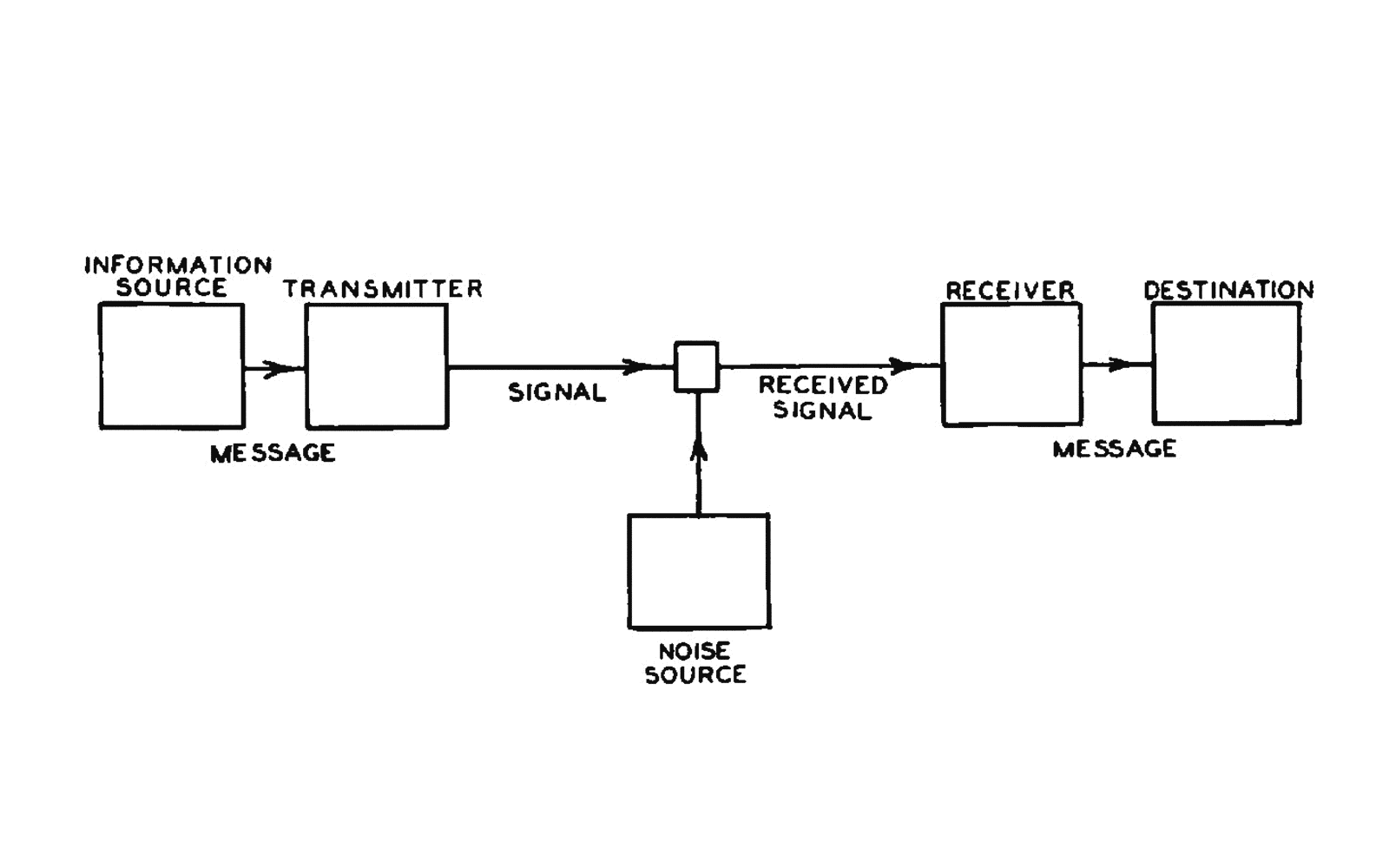
Daily discoveries at the nexus of art, science, technology, and culture: Get full access by becoming a HOLO Reader!
- Perspective: research, long-form analysis, and critical commentary
- Encounters: in-depth artist profiles and studio visits of pioneers and key innovators
- Stream: a timeline and news archive with 1,200+ entries and counting
- Edition: HOLO’s annual collector’s edition that captures the calendar year in print
